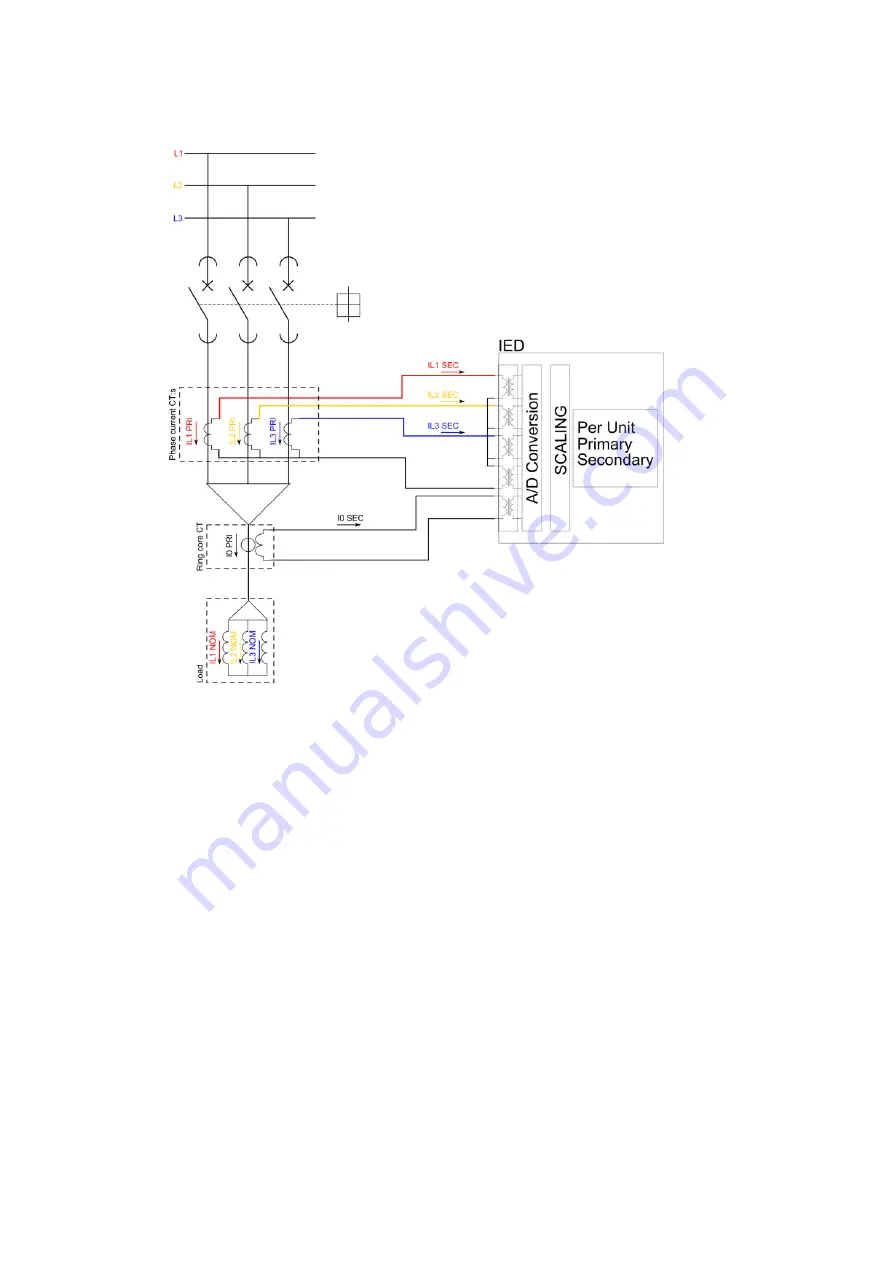
Figure. 5.2.1. - 2. Current measurement terminology
For the measurements to be correct it needs to be made sure that the measurement signals are
connected to correct inputs, current direction is connected with correct polarity, and the scaling is set
according to current transformer nominal values.
Relay calculates scaling factors based on the set CT primary, secondary and nominal current values.
Relay measures secondary current which in this case mean the current output from the current
transformer which is installed into the primary circuit of the application. In order the relay to “know”
primary and per unit values current transformer rated primary and secondary currents need to be set.
In case of motor or any speci c electrical apparatus protection application motor nominal current
should be set too in order for the values to be per unitized to apparatus nominal and not to CT nominal
(This is not absolutely mandatory, in some relays it is still needed to calculate correct settings manually.
Setting the relay nominal current makes the motor protection a lot easier and straight forward. In
modern protection devices this scaling calculation is done internally after the current transformer
primary, secondary and motor nominal currents are given).
Normally the primary current ratings for phase current transformers are 10A, 12.5A, 15A, 20A, 25A,
30A, 40A, 50A, 60A and 75A and their decimal multiples, while normal secondary current ratings are 1
and 5A. Other, non-standard ratings can be directly connected since the scaling settings are flexible in
large ranges. As an example, ring core current transformer ratings may be different. Ring core current
transformers are commonly used for sensitive earth fault protection and their rated secondary may be
as low as 0.2 A in some cases.
In following chapter is an example for setting the scaling of the current measurements to the example
current transformer and system load.
AQ-F255
Instruction manual
Version: 2.00
13
© Arcteq Relays Ltd















































